Many political entities across the world today, use an eagle in their official emblems, for example in the Great Seal of the United States of America. The symbol of the eagle is however older than heraldry itself and can be traced back to ancient Egypt, to Greek mythology and ancient Rome and to the Judeo-Christian scriptures. With its ability to fly high, the eagle is also spiritually symbolic in that it can rise in some sense, above the material world. In my Hamsa Hand artworks and Hamsa Hand prints I use the eagle as it also symbolizes divine and spiritual protection, and is thought to bring courage and wisdom.
The ancient Egyptians depicted the Bennu as a heron, and considered it to be the sacred bird of Heliopolis, city of the Sun where it only came back to Heliopolis to die and be reborn as it's actual home was in the Arabian desert. Bennu was associated with the Egyptian Sun God Ra and with Osiris, God of the Underworld. Bennu symbolises rebirth, because of its ability to rise from its ashes. To the ancient Egyptians it also symbolized wealth and fertility.
As a god of the sky, the Eye of Horus also has a special significance and you can read more about the Eye symbol that i also use in my Hamsa Hand art in this article.
The Eagle in Greek Mythology The ancient Greeks also regarded the eagle as a sacred emblem of Zeus who was thought to be the god of the sky and god of thunder. Zeus was also the king of the gods of Mount Olympus. The Roman equivalent of Zeus is Jupiter. The eagle was thought to run errands for Zeus, as a messenger, and Zeus is quite often identified with the eagle and even taking on the eagles form.
The Eagle symbol in Judaism In my Hamsa Hand art i love using the symbols of the eye, the fish and the dove as well as the eagle which is the most prominent bird in the Torah. In Hebrew the word for eagle is 'Nesher' however some suggest that a nesher is more likely a griffon vulture. The symbol however is significant in that God saved the Israelites from Egypt '..on the wings of the eagle'. Psalmists often refer to God in the imagery with attributes of an eagle, for example in Psalm 103:5:
In Psalm 91:1-4 God is referred to as an eagle;
Native American culture The majestic eagle and its features of strength, power, vision and acuity has shown its symbolic presence in many cultures and religions, from ancient mythologies to the Roman empire. The spiritual nature of the eagle was also used in Native American culture as Native American Indians were a deeply spiritual people. The Native Americans told their narratives, thoughts, ideas and their dreams from generation to generation by using different symbols and signs such as the eagle symbol. For the Native Americans, the eagle symbolized courage, bravery, wisdom and strength and it served as a messenger of prayers to the Creator - the Great Spirit. The eagle itself became a symbol of the Great Spirit because it sees all things from above. The eagle was associated with balance due to its ability to live in two realms - that of the spirit and that of the realm of the Earth. Since there were many tribes of Native American Indians it is however not possible to generalize the most common meaning of the Eagle symbol or pattern. The wings of an eagle also represents the balance needed between male and female, each one dependent upon the strengths and abilities of the other. Among the Cherokee tribe, a dance called the Eagle Dance represents strength and power. Many native headdresses are also made of eagle feathers as each feather on the headdress represents an honor or incident of bravery. Images of eagles and their feathers are used on many tribal logos as symbols of the Native American Indian. It is thought to be the highest honour to be given an eagle feather and of all the feathers, the Golden Eagle feather was the most coveted and the most significant, generating a lot of respect from other members of the tribe. Today it is illegal to possess, use or sell eagle feathers by federal law—a policy that is meant to deter hunters from poaching wild eagles for their feathers or body parts, however Native Americans who are members of federally recognized tribes can obtain a permit under the Federally Recognized Tribal List Act of 1994 to gain access to golden eagles and bald eagles for traditional and ceremonial use. There is much more to learn about the eagle symbol as this article is not exhaustive. You can read about the double-headed eagle in my blog post and explore the other symbolic elements that i use in my Hamsa Hand art and that you can find in my Hamsa Hand prints
1 Comment
|
MAY-BELL
|
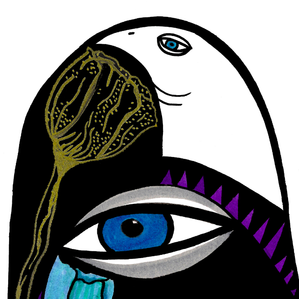
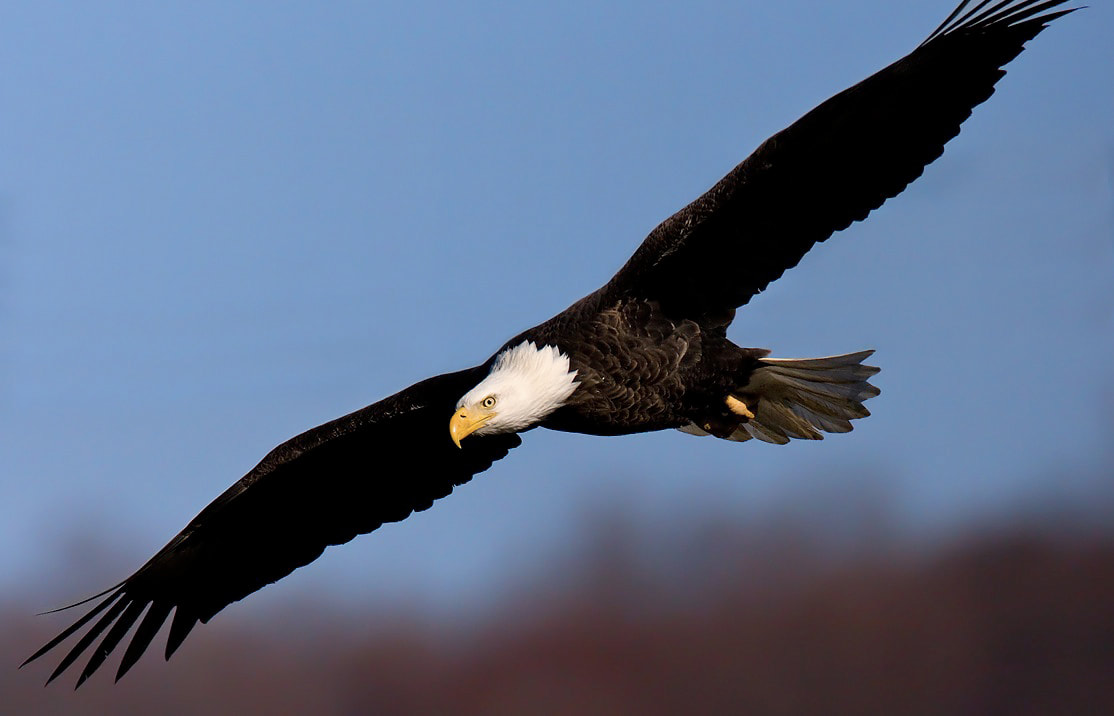
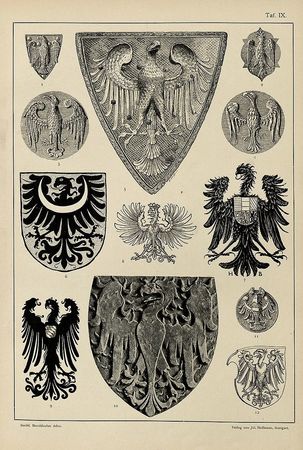

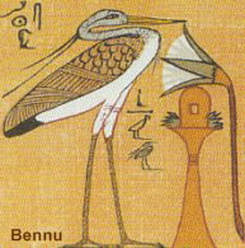
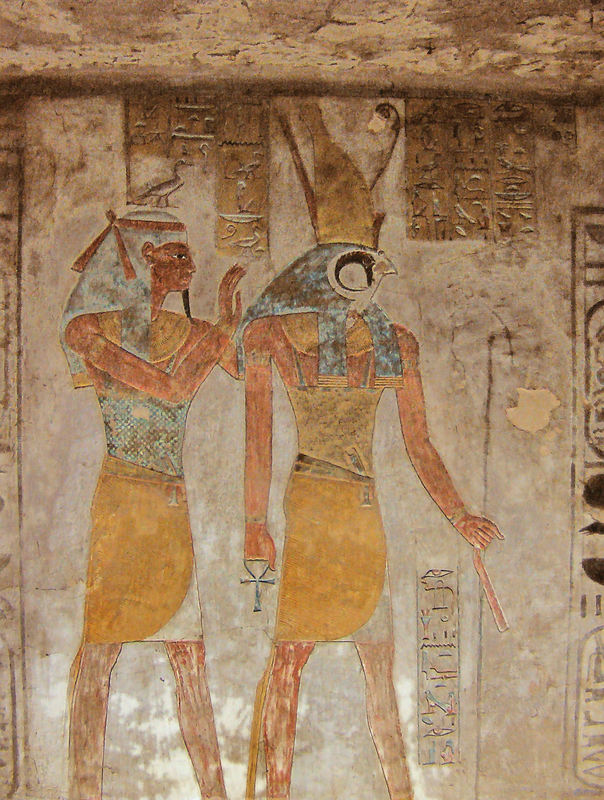

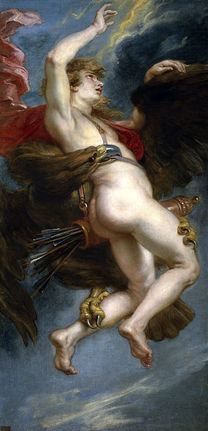
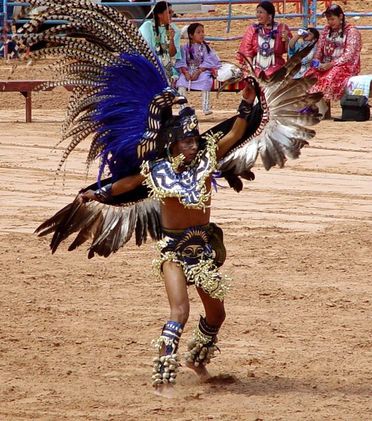
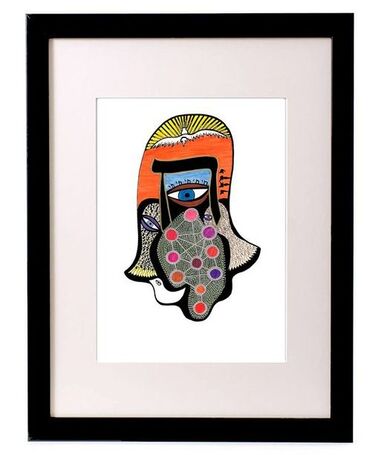
 RSS Feed
RSS Feed
